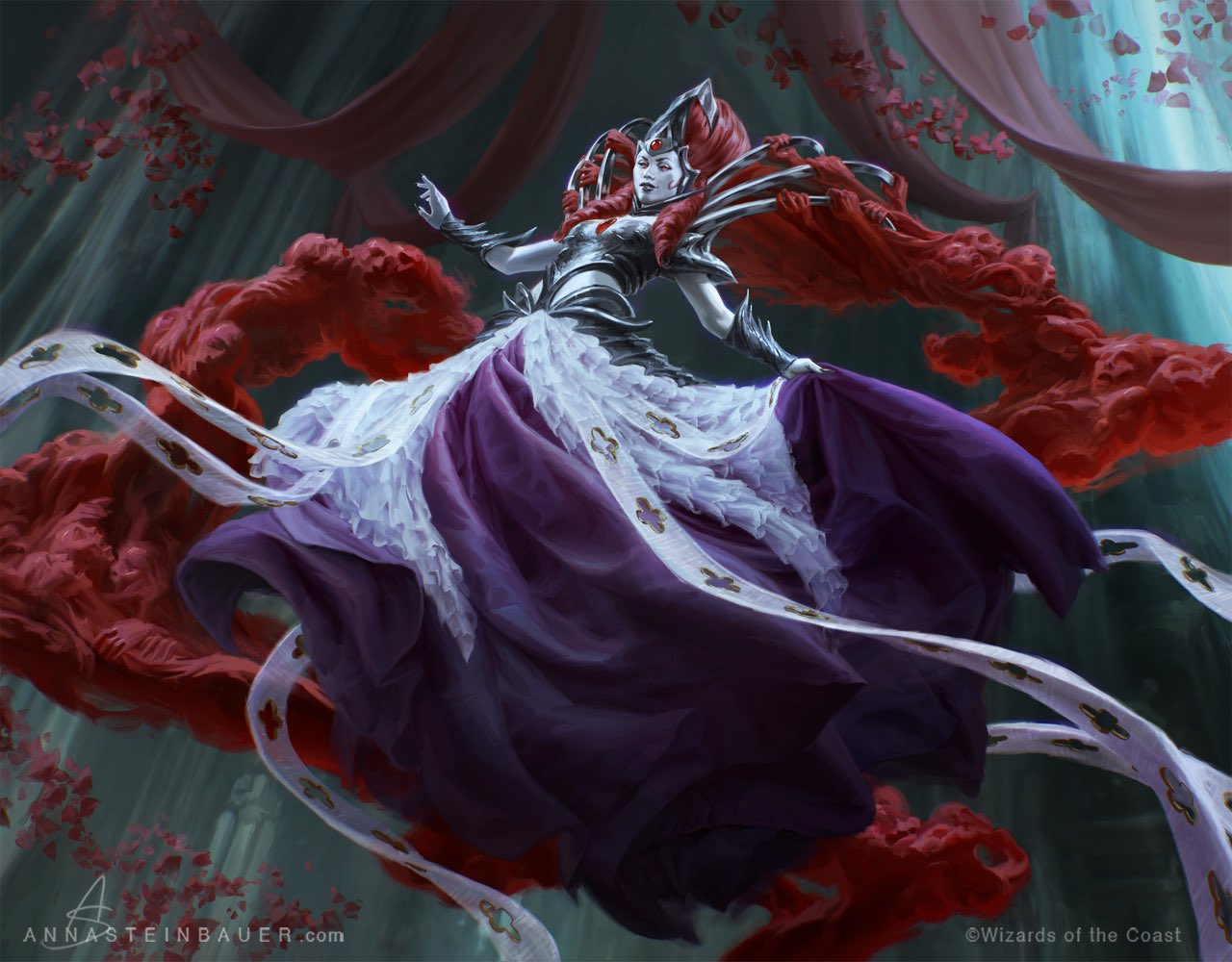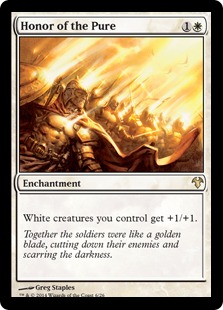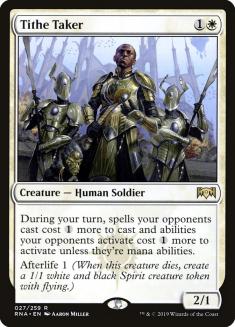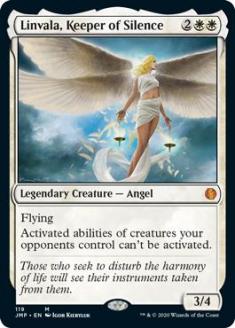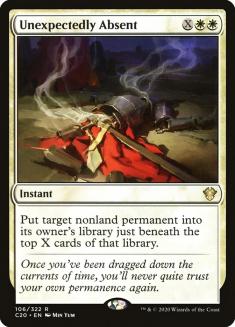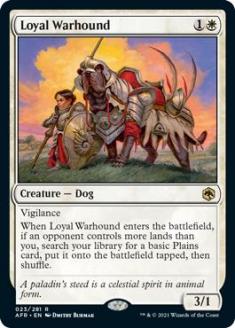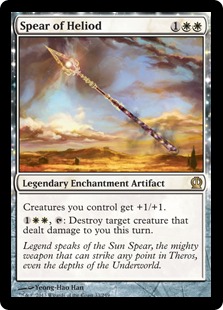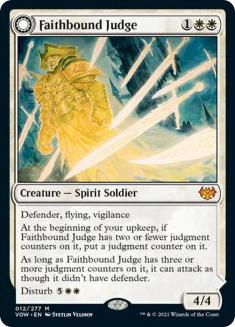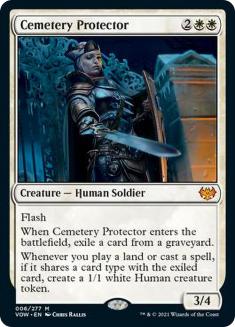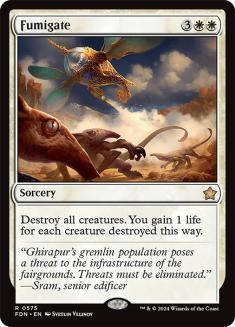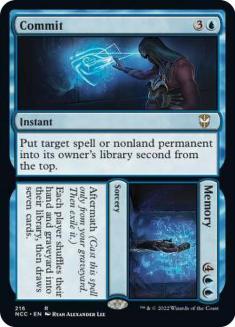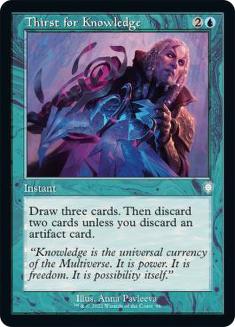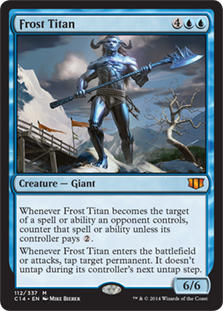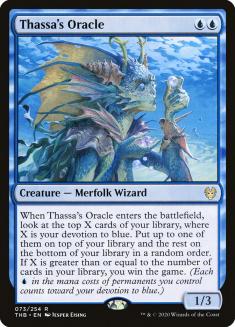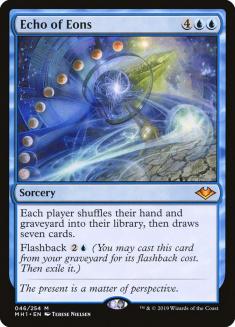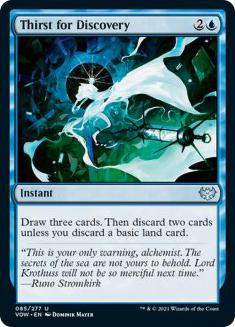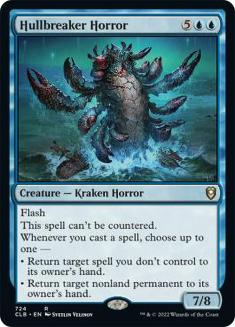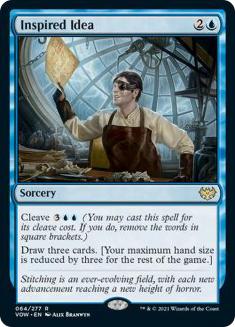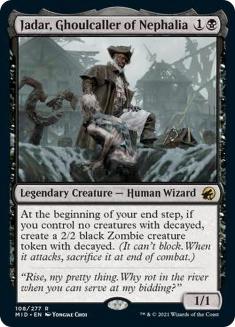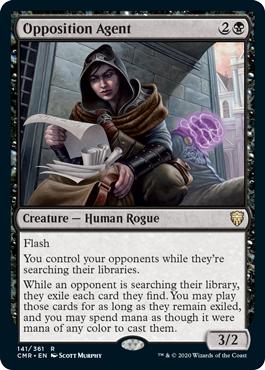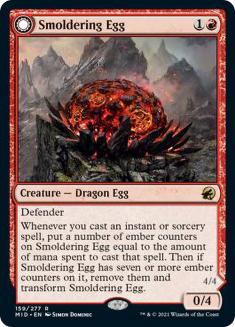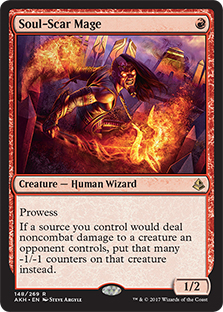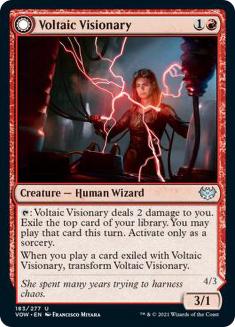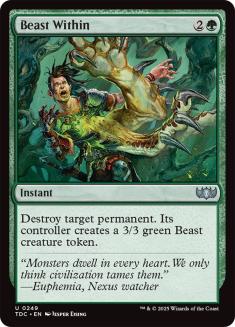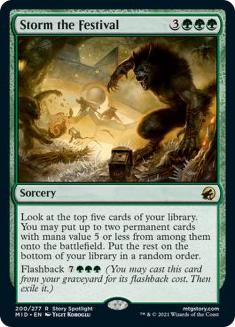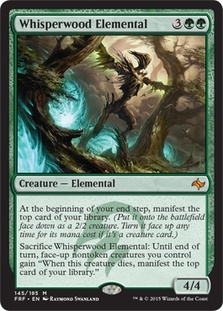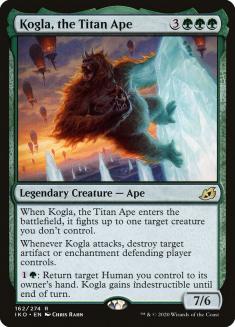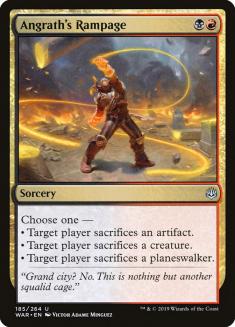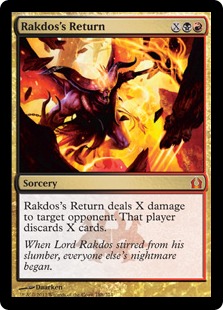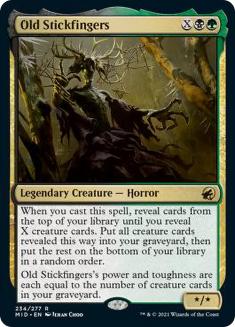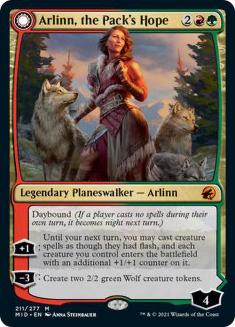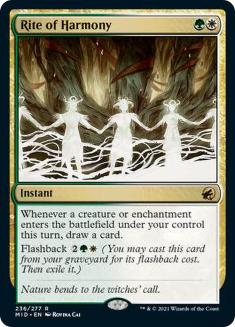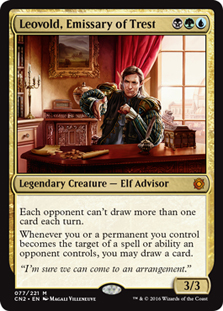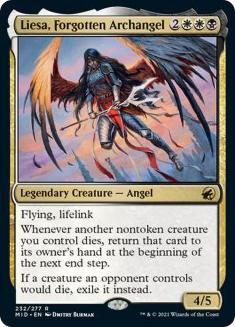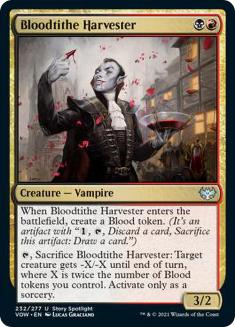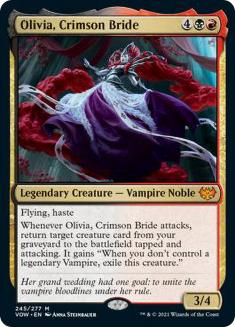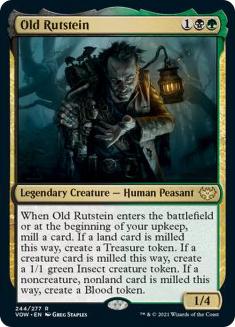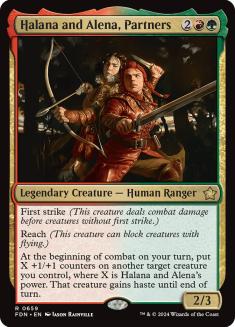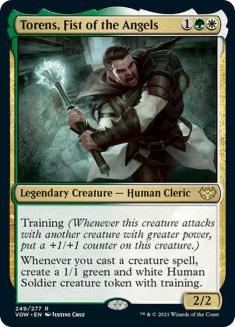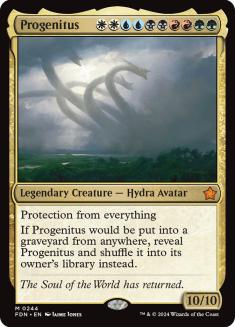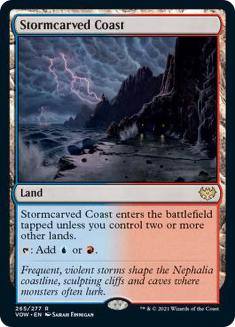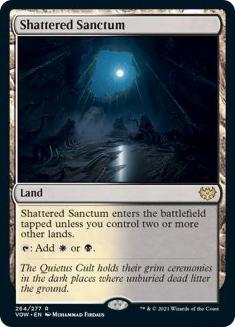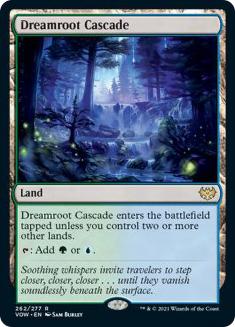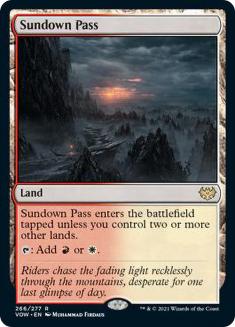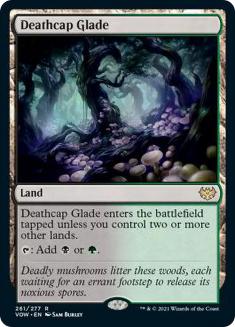It’s the holiday season, gamers, and we all know what that means! It’s time for another three-week run of the Magic Online (MTGO) Vintage Cube! Once known as the Holiday Cube, we have seen this Cube significantly more often as of late, which I’m grateful for. With this increased frequency, the Cube’s curation is more deliberate than it once was, and today I’m here to talk about the most recent batch of updates.
At the time of this writing there was no article on the mothership accompanying the changelog, but Vintage Cube seldom changes dramatically. If you’re a veteran Cuber, you’ve mostly seen this Cube before. Alternatively, if you’re diving into Cube because of the free Cube token awarded to every MTGO account, then I’d recommend my broad Vintage Cube breakdown from a little over a year ago.
Now that we’re more or less on the same page, let’s go over the change log by color and evaluate how these changes impact some of the Cube’s supported archetypes. You’ll notice that the ins and outs won’t always have the same number of cards in every section. This is due to an increase in the total number of nonbasic lands in the Cube.
White
Out:
In:
The shift from Honor of the Pure to Spear of Heliod seems to be an attempt to encourage multicolor aggressive decks, which it does in a technical sense but is just a generally weaker card in the Cube. Mono-white and mono-red are two great tastes that are better off separate with Strip Mine and Mutavault than they are together with Plateau.
Linvala was a card that I sideboarded in sometimes and Loyal Warhound’s exit lowers the volume of cheap creatures, but these changes are minor. Tithe Taker and Unexpectedly Absent were cards that I aimed to play in my Mono-White Aggro decks more often than not, and it seems at a glance that part of the goal of this update was to knock this archetype down a point or two. All of the major players are still there though, and drafting mono-white when it’s open should continue to be a winning strategy.
Cemetery Protector and Fumigate look to bolster non-aggressive white decks, though neither is terribly exciting on rate or in effect. Both are okay as sideboard options against aggressive decks, but I’d aim not to start them. Faithbound Judge is much cooler and is a card that I’m willing to sabotage myself to try to win with, though it’s going to remain the case that efficient control and aggressive decks are the way to go with white in Vintage Cube. Faithbound Judge has a little too much “dies to Doom Blade” about it to be a serious contender here, but I’m sure as hell going to try.
I do wonder if Serra’s Emissary has been seriously considered as a white haymaker to go alongside Elesh Norn, Grand Cenobite as a card that will sometimes be cast for seven that works well in Reanimator decks. The play patterns are bad, but not worse than Iona, Shield of Emeria when you factor in that it’s a card that white decks would actually play. I’m not necessarily championing this card, but if an update favors unexciting cards like Fumigate, then this is where my thoughts go.
Blue
Out:
In:
Frost Titan was the most essential card in one of my favorite Cube archetypes: “blue deck that casts Frost Titan and then Clones it a bunch of times.” Alas, win conditions in blue are broadly expendable and Hullbreaker Horror will get the job done without the help of Clones. Hullbreaker Horror falls in the same category as Serra’s Emissary, that being cards that you can cast for seven or Reanimate and either way will often win the game. Get ready to lose some blue mirrors to that one.
The rest of these changes are fairly minor, with Thirst for Discovery being a general upgrade to Thirst for Knowledge and the other four cards being largely forgettable. Some players are much bigger on Thassa’s Oracle than I am, but if they really cared about it, it wouldn’t have gone last so often in Draft.
Commit is a card that I played in a wide variety of blue decks and I do think it adds more to the Cube than Inspired Idea does, considering that I would try to only play Inspired Idea in combo decks, yet it is reminiscent of Meditate in a way that excites me. It’s interesting to think of Inspired Idea as a discard outlet for a Reanimator deck as well, though mostly it just seems worse than the draw-sevens for the same styles of decks and won’t see all that much play.
On balance I’d say these swaps lead to a slight upgrade for blue, which keeps it firmly at, by far, the best color in the Cube.
Black
Out:
In:
If you’ve never seen Dreadfeast Demon before, you’re about to become very acquainted with it by seeing it twice in every Vintage Cube pack that it shows up in. I can’t conceive of a deck that I would be happy to play that would start the Demon. I want to throw out some stat like calling it the hundredth-best creature to Reanimate, though I’m slightly worried that this evaluation is generous.
Opposition Agent was somewhat quietly among the better black cards in the Cube, though like Hullbreacher it could lead to some games that were totally nonsense, though unlike Hullbreacher I’m less invested in whether the card is in the Cube or not. Given the state of black in the Cube I liked having the Agent around, but cutting it is fine, too.
Jadar wasn’t anything to write home about, though I would still much rather see a robust Sacrifice archetype supported in the Cube than watch the pieces that made it in slowly get phased out. There’s actually still a good clip of cards for such an archetype in the Cube, and some are even very powerful, but there just aren’t enough pieces for it to feel like an archetype that you can or should deliberately draft. Adding that support would be a more radical shift that would start with including more one-drops than just Putrid Imp, and remains in my hopes for the MTGO Vintage Cube someday. For now, the main draws to black continue to be trying to win with Reanimator or 1-2 with Storm.
Red
Out:
In:
Smoldering Egg was kind of cool for Storm, but definitely forgettable. Adding Voltaic Visionary is another card for aggressive red decks, albeit a medium one, and cutting a one-drop pushing back against those decks at least as much. Mono-Red Aggro continues to live in Mono-White Aggro’s shadow, and red continues to have a little too much in the “midrange stuff” department.
This is another spot where the shift to a Sacrifice archetype could help smooth things over. Maybe other players get excited about <insert name of five-mana Dragon> on a level that I don’t understand, but for my money I believe Goblin Bombardment and company would do more to increase the archetype diversity and power of red.
Green
Out:
In:
My prediction proved correct and Wrenn and Seven was here neither for a good nor long time. I’m also ecstatic to see Beast Within on the outs, as it hasn’t been appropriate on power level for this Cube since… maybe ever. I play against the card a fair bit and I wonder if it’s the sort of fan favorite that later returns due to public pressure, but it’s just not a good card.
I’m also thrilled to see Whisperwood Elemental make a comeback, as it’s among the most important five-drops for green ramp decks to compete with controlling strategies in my experience. Kogla also ranks in my list of green six-mana creatures that I would rather play in mono-green decks than Primeval Titan, so I’m happy enough to see Kogla show up for the ramp decks as well.
Green has gained numerous powerful Cube options this year, and while the most significant change for green in this update is the reintroduction of Whisperwood Elemental, it’s still worth pointing out that green has gotten plenty of upgrades recently. I will say that the list isn’t fully optimized for playability with fan favorite Eureka holding on for dear life, but I’m as happy as I’ve ever been to try to Craterhoof Behemoth people in the Cube’s current form.
Gold
Out:
In:
Out with the Old Stickfingers, in with the Old Rutstein, that’s what I say! While Old Rutstein definitely has more merit than Old Stickfingers, the additions for the gold section in this update don’t really offer much in the way of powerful draws to any color pair. These cards are all decent, with the reintroduction of Natural Order target Progenitus somehow being the most exciting thing in the spread.
The most significant change for gold cards is actually the removal of Leovold, Emissary of Trest. This is a real blow to my beloved “Sultai Playables” archetype. I imagine that this cut was just to trim down on prohibitive casting costs in the Cube, as Narset, Parter of Veils is still in the list for punishing cantrips and setting up Timetwister combo shenanigans.
Leovold does have a very “Vintage” feel to me though. To the extent that Vintage Cube should evoke Vintage Constructed, I hope to see the much-maligned Elf Advisor reintroduced later. Given my loathing for Hullbreacher, this might be a weird position for some to read from me, but I assure you that my ire has never been driven by the Twintwister combos, but always by the rate of the flash threat independent of any of that.
Lands
In:
And finally, we get the enemy-colored slowlands. I actually liked having the first half of this cycle around more than I thought I would because they’re decent mana-fixing that you don’t have to pick very early. My personal Vintage Cube philosophy is that I want to figure out what my deck is doing, ideally driven by opening some powerful spells, and then making the mana work once I’ve figured that out. The increase in the total number of mana-fixing lands facilitates this well, and I’d argue that many players should start valuing lands slightly less highly. Or you could just force Niv-Mizzet Reborn decks. I’m not your dad.
The Innistrad: Crimson Vow updates reflect some additions that I like and some cuts that I’m not big on — a bit of a mixed bag. I will say that the free draft voucher is a nice little gift though, and I’m sure we’d all be in the queues either way. See you there.

